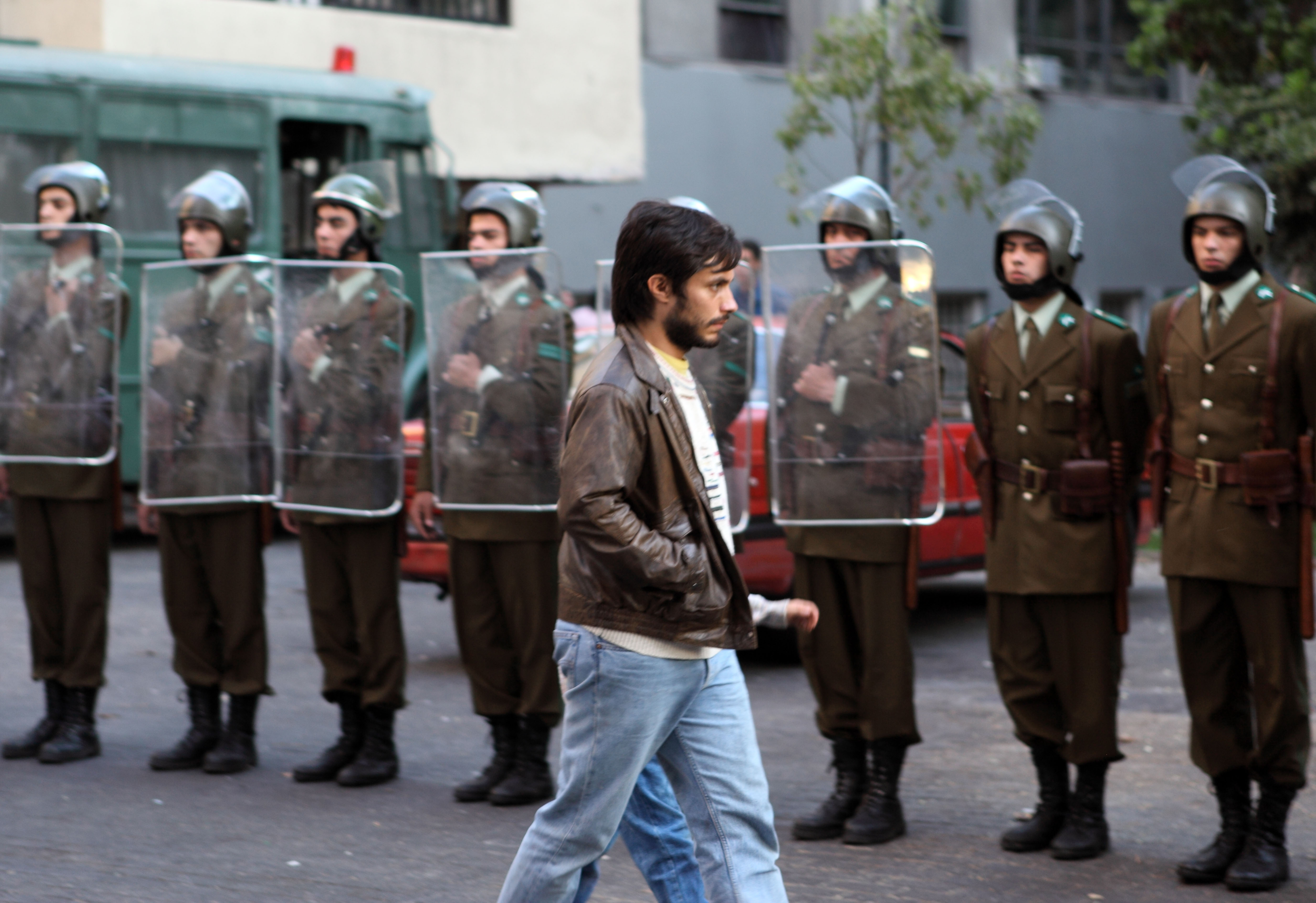Director Pablo Larraín’s third entry into a series of films related to the Chilean dictatorship of Augusto Pinochet reflects on the gusto of the advertising market as it takes on the historical fascism of a world that feels refreshing despite how old it may be presented.
An art-house drama for those seeking a story of accomplishment and historical buffs alike, “No” is now Chile’s first nominee for Best Foreign Language Film at the 85th Academy Awards, a well-deserved achievement for the best of Larraín’s unofficial trilogy.
A continually rising star over the last decade, Gael García Bernal plays one of his best roles as René Saavedra, a marketing mastermind who is hired to work on the “No” campaign against General Pinochet, the 15-year powerful military dictator of Chile. Saavedra must use his talents and originality to persuade viewers of a nightly 15-minute commercial to vote “No” in the 1988 referendum to continue the leader’s reign. Further conflict arises when he faces the disdain of his advertising boss Lucho Guzmán (Alfredo Castro), who works on the opposing “Yes” advertisements.
Bernal handles the lead role notably well between nurturing care in moments of trial for his estranged wife (Antonia Zegers) and son (Pascal Montero) and passion for the seemingly impossible task facing him. Concerned over the safety of himself, his workers and his family, Bernal transitions seamlessly from a corporate worker with imagination to a spearhead for the democratic revolution of his country. He fights an unconventional war with a marketing campaign similar to those used for soda advertisements at the time, a talent he’d proven himself capable of. However, his concern is proved warranted when troubling events and attacks on the “No” campaign turn more conventional and far more real than just seen through a television screen.
Larraín directs “No” in a style that is undeniably odd, choosing to shoot it on U-matic video, a tape format of blurry appearance and discoloration appropriately known for being used in television advertisements in the 1980s. Doing so allows him to tear down the barriers between the real world and the commercial world to varying degrees of success. The lack of distinction between archive and newly filmed footage gives “No” an ideal fanciful feeling as it plays with the look and feel of the time period. This experimentation with film styles won’t go without its critics, who may receive some eye strain from the nearly two hours of distorted footage. Yet this undertaking helps add some splendor to the underlying messages of video and its informing purposes to modern day viewers.
Otherwise, the direction Larraín takes remains an unusual one, adding much of his own dark but subtle humor to promote the entertainment value of the film. Taking a historical time usually associated with violence and moral difficulty and discussing its resolution in a positive and amusing manner is a daunting task.
But by injecting a fair amount of happiness and intelligent jokes at regular intervals, Larraín finds his niche in a persuasive and meaningful story backed by a comically unconventional means of overthrowing one of the world’s most powerful leaders.
Though Larraín skillfully works his way through an artful presentation of a dark time in Chile’s history, he does not necessarily find a bold line to follow. By balancing between satirical ideas of a sometimes overplayed commercial campaign and sentimental scenes of a family trying to get by, he trickily adds bleak connotations of the country’s tyrannical propaganda and bizarre but fascinating ideas of the time’s social disorder.
It results in a piece that each individual is likely to take something distinct out of, whether positive with feelings of hope, or negative with questions of the past’s mistakes. But perhaps this only adds to the resulting wonder and message the movie leaves for the individual to decipher.
“No” remembers an ironically affirmative message brought to an audience of millions willing to listen. A story of change, optimism and the past revived, it represents the power of media around the world in a serious yet enjoyable depiction recalled with humble reverence. Though it has claim in being a “copy of a copy of a copy,” like its inner film footage, the interwoven ties of politics and show business reflect upon themselves as something inspirationally original. “No” succeeds in embedding the significance of history’s victories into its playfully outdated design as it hopes for the audience to listen once more.
– Sebastian Torrelio
Email Torrelio at [email protected].

